Why hasn't Samsung released its foldable phone yet? It needs to be 4mm thin
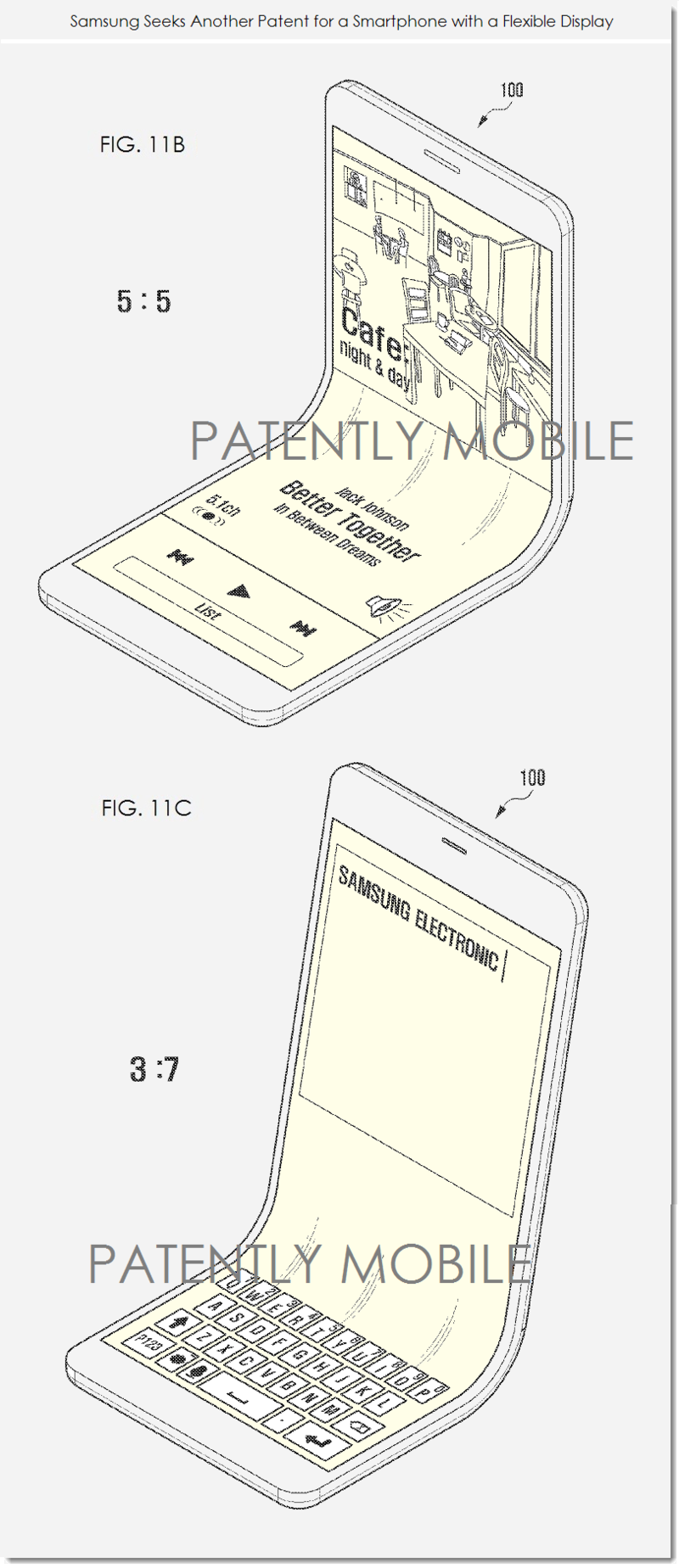
Samsung would have trouble producing this puppy in mass quantities
Not so fast, claim analysts and researchers that are in the know about the obstacles that Samsung faces. It turns out that the R&D department, which has been toying with foldable displays for a decade now, still hasn't figured out how to make a compelling device in mass quantities, and with the desired quality. In light of the Note 7 fiasco, there is even less desire for risky bets at Samsung now, tip the sources.
Samsung, for instance, wants to make the device very, very thin, so even when folded it wouldn't be thicker than 10mm, which is on the border of what one would call thin these days. Given that the folding crease can have a minimum radius of 3mm, this means that when unfurled, the device has to be 4mm thin. That is as slim as the thinnest phone out there, and Samsung still has to cram top-notch internals in there, if it is shooting for the ultra premium market. Then there is the issue with durability - tougher materials are harder to bend, and vice versa. Just one small example - the adhesive that manufacturers use to attach the screens to the chassis, has to be very, very flexible and durable so as not to give in after hundreds or thousands of bending actions, or a new approach will have to be developed for attaching, and so on.
While we have no doubts in Samsung's engineering abilities, the insiders add that "demonstrating these display technologies for a one-time event is easy, but commercializing them is a totally different story," so we wouldn't hold our breath for a retail foldable phone to hit the shelves this year. We do want to be a fly on the wall in Samsung's labs when they are testing its various engineering verification stages, though, and hope to at least see a functional prototype this fall, as rumored.
source: Korea Herald

![Verizon is down across the US, and no one knows when service will be back [UPDATED]](https://m-cdn.phonearena.com/images/article/173671-wide-two_350/Verizon-is-down-across-the-US-and-no-one-knows-when-service-will-be-back-UPDATED.webp)

![Some T-Mobile users need to restart their phones [UPDATED]](https://m-cdn.phonearena.com/images/article/173654-wide-two_350/Some-T-Mobile-users-need-to-restart-their-phones-UPDATED.webp)
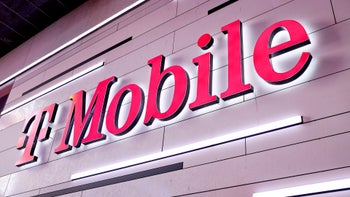


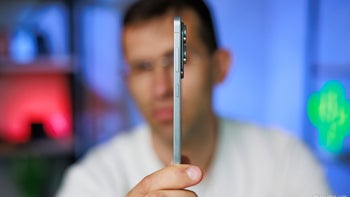

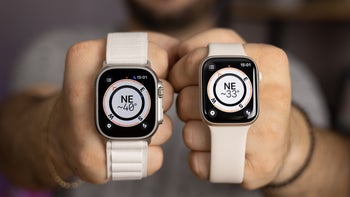

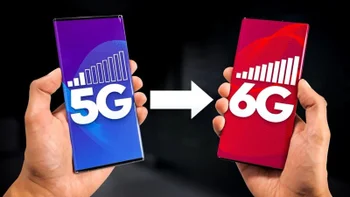

Things that are NOT allowed:
To help keep our community safe and free from spam, we apply temporary limits to newly created accounts: